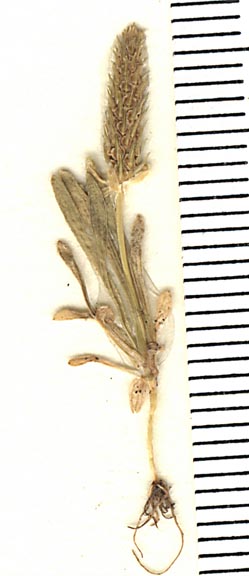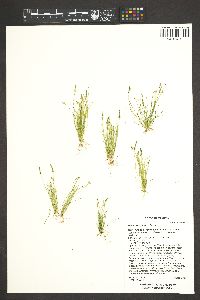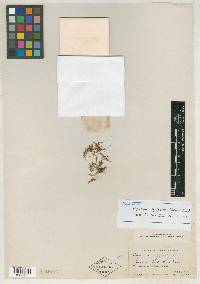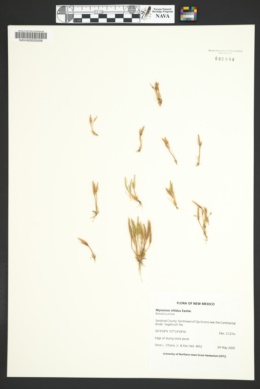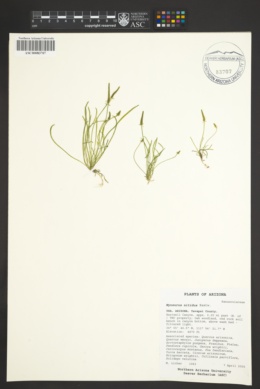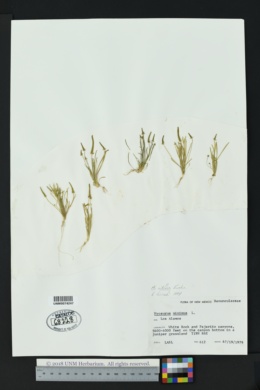
|
|
|
|
Family: Ranunculaceae
Western Mousetail
[Myosurus egglestonii Woot. & Standl.] |
|
This project was made possible in part by the Institute of Museum and Library Services [MG-70-19-0057-19].
Powered by Symbiota

